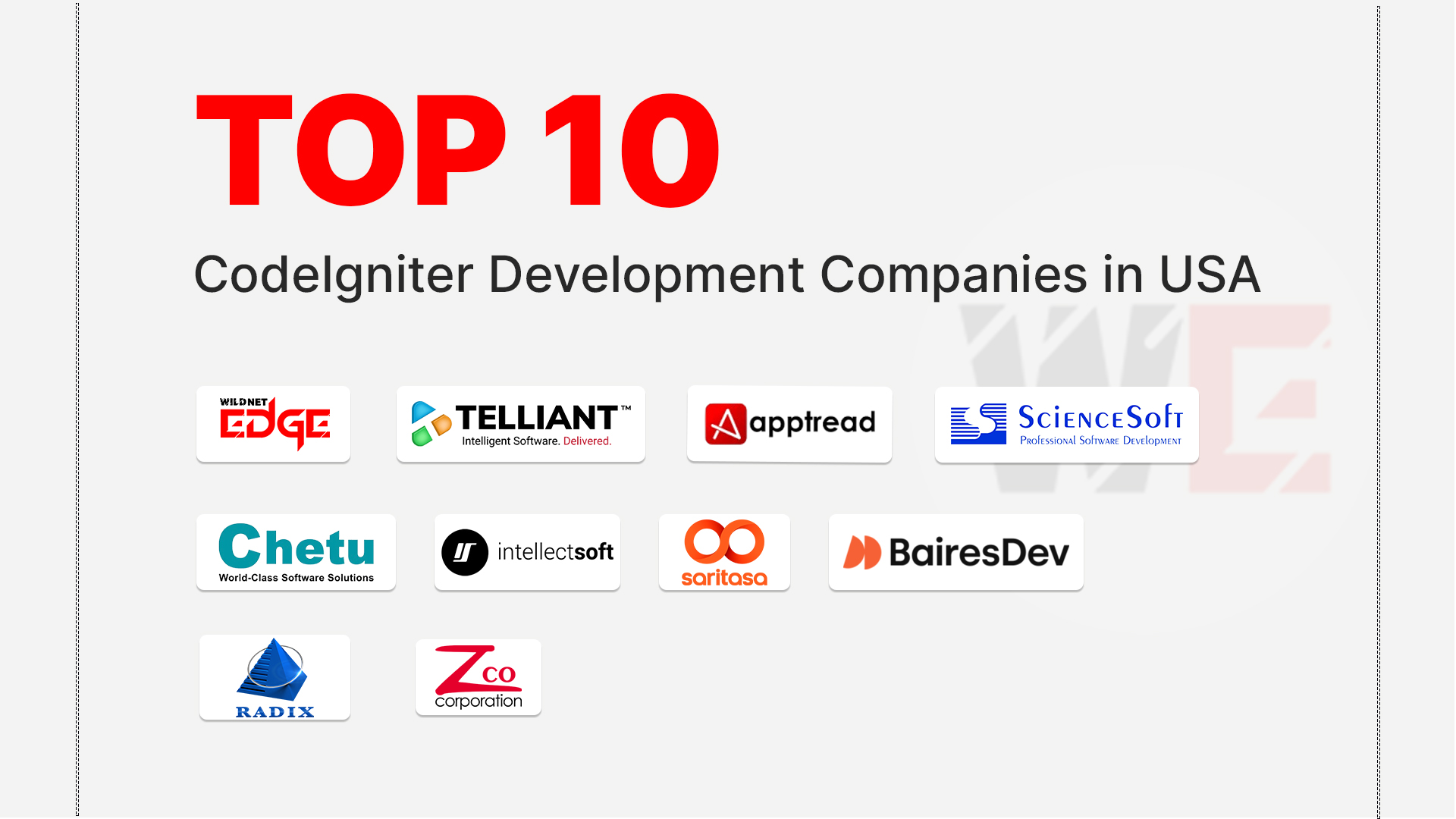Are you struggling to choose between PrestaShop vs WooCommerce? Selecting the right ecommerce tools is crucial for small businesses that aim to thrive in a competitive digital marketplace. Each platform presents unique advantages and challenges that can significantly impact your operations and overall success. Which platform can help you achieve your goals and provide the best experience for your customers? In this article, we will delve deep into the PrestaShop vs WooCommerce debate to help you make informed decisions tailored to your business needs.
Overview of E-commerce Tools
Ecommerce tools are essential software solutions that facilitate online transactions, streamline inventory management, and enhance consumer interaction. They can help small businesses reduce costs, optimize workflows, and foster customer engagement. Selecting the right ecommerce platform is vital, as it shapes not only how you interact with customers but also how you manage your store.
Comparing Functionality in PrestaShop and WooCommerce
When evaluating PrestaShop vs WooCommerce, understanding their functionality is key.
- PrestaShop is a fully-fledged ecommerce platform designed specifically for online retail. It offers robust features such as product management, cart functionality, and a built-in payment system. Although it’s open-source, meaning anyone can modify it, it usually requires some technical know-how to make the most of its myriad features.
- WooCommerce, on the other hand, is a plugin for WordPress, one of the most popular content management systems (CMS) globally. This platform offers ease of integration into existing WordPress sites, which can be a boon for small business owners already familiar with the WordPress ecosystem. WooCommerce allows for seamless content and product management, making it a versatile choice for businesses aiming to enhance their online presence.
Key Features of E-commerce Platforms
Evaluating the core features of ecommerce platforms helps small businesses determine which system aligns best with their specific operational needs:
- Ease of Use: For beginners, an intuitive interface is paramount. WooCommerce is often praised for its simplicity, especially for those already accustomed to WordPress. PrestaShop, while powerful, can be more complex, catering to users with a bit more technical knowledge and experience.
- Customization: Both WooCommerce and PrestaShop offer various customization options, but with different approaches. WooCommerce relies on WordPress themes and plugins, allowing for extensive personalization without coding. Conversely, PrestaShop gives merchants the ability to harness detailed configurations and customizations, making it ideal for those wanting to build something unique.
Importance of Scalability
Scalability is essential for growing businesses as it allows your ecommerce site to handle increasing traffic and order volumes without compromising performance.
- PrestaShop shines in this area, offering robust options that can support a significantly large product catalog and complex operations. Its architecture is designed for scalability, making it suitable for businesses looking to expand internationally or diversify product offerings over time.
- WooCommerce, while capable of scaling, can face challenges when surpassing a certain threshold—especially if not paired with robust hosting solutions and a well-optimized WordPress site. For small businesses planning substantial growth, understanding these limitations is crucial before committing to one platform.
PrestaShop vs WooCommerce: Pricing Comparison
Understanding the costs associated with using either PrestaShop or WooCommerce can greatly impact your decision-making process.
Initial Setup Costs
When setting up an online store, both platforms have different pricing structures:
- PrestaShop can be cost-effective initially as the software is free to download; however, hidden costs can arise from hosting providers, themes, and modules. While there are several free themes available, premium designs can cost upwards of $50, and essential modules might add to your total expenditure if you need additional functionalities.
- WooCommerce is also free, but it often requires a budget for hosting, themes, and additional plugin purchases. Quality WordPress hosting can range from $5 to $25 or more monthly, in addition to theme costs (around $30-$100). As such, initial costs can range widely depending on your desired features and customizations.
Long-term Financial Considerations
When considering the total cost of ownership, you’ll want to evaluate several factors:
- Hidden Fees: Both platforms have certain hidden costs, such as transaction fees. PrestaShop can have variable fees depending on the payment gateway you choose, while WooCommerce has specific payment gateways with differing fees.
- Support Costs: While both platforms offer free community support, premium support options are often available at a cost. If you anticipate needing expert help, this is an important consideration to factor in.
In summary, analyze your specific needs and potential growth to choose the platform that offers the best value for money in the long run.
Ease of Use in PrestaShop vs WooCommerce
User experience can significantly influence your ability to efficiently run your store.
User Interface Analysis
An effective user interface can ease navigation and enhance the management experience:
- WooCommerce offers a straightforward and familiar interface for users already acquainted with WordPress. The dashboard is clean, allowing for easy product additions, inventory management, and report generation.
- PrestaShop’s interface, while rich in features, may appear overwhelming to newcomers. It organizes tools and options in a way that can require time for users to familiarize themselves with. Learning curves can vary significantly based on the user’s prior experience with similar systems.
Setup Process Walkthrough
The ease of getting started can set the tone for your future experiences with the platform:
- WooCommerce setup is generally user-friendly, taking as little as 30 minutes for basic installation. The step-by-step wizard guides users through vital setups such as payment methods and shipping options.
- PrestaShop involves more initial configuration and setup before becoming operational; it typically requires not just installation but also configuration of themes and modules. This can take from a few hours to a couple of days, depending on the complexity of the setup.
Understanding these differences helps businesses tailor their onboarding processes and expectations according to their capabilities.
Themes and Customization: PrestaShop vs WooCommerce
The aesthetics of your online store greatly influence customer perception and engagement.
Theme Options and Availability
Both platforms provide a variety of themes, but their ecosystems have distinct resources:
- WooCommerce benefits from the vast WordPress theme marketplace, giving users access to thousands of free and premium themes. This vast selection ensures optimal customization, catering to a variety of business niches.
- PrestaShop also offers numerous themes but doesn’t match the extensive catalog found in WordPress. While there are free themes, many businesses gravitate towards paid options that provide superior aesthetics and functionalities.
Customization Capabilities
The ability to customize your online store can drastically affect your branding:
- WooCommerce allows for seamless customization through plugins and a native editor that requires minimal coding knowledge. Users can utilize page builders like Elementor to design unique pages easily.
- PrestaShop, while it offers advanced customization, often requires more technical skills. Developers can access its robust back-end and override the core files, but non-coders may find customization a bit challenging without assistance.
Both platforms offer unique avenues for customization, catering to different user skills and business requirements.
Marketing and SEO Tools: Comparisons
Effective marketing is crucial for visibility, while SEO is essential for attracting organic traffic.
SEO Best Practices on Both Platforms
Ensuring your ecommerce site ranks well in search engines can dramatically influence sales:
- WooCommerce has built-in SEO-friendly features due to its integration with WordPress. Users can utilize popular SEO plugins like Yoast SEO or Rank Math to optimize products, blogs, and pages effectively.
- PrestaShop includes features such as customizable URLs, meta-tags, and sitemap generation to optimize for search engines. However, it lacks the extensive third-party plugin support available to WooCommerce, which can limit choices for advanced optimization.
Integration with Marketing Tools
The capability of integrating with other tools enhances marketing efforts:
- WooCommerce excels with its multitude of marketing integrations, including email platforms like Mailchimp and advertising tools like Google Ads. This seamless integration capability allows businesses to streamline their marketing strategies.
- PrestaShop offers several integrations but tends to lag behind WooCommerce. While its built-in marketing features are useful, there may be limitations in connecting with certain external services compared to the extensive options available for WooCommerce users.
Employing effective marketing strategies through these integrations is essential for driving success in ecommerce.
Customer Support and Community Resources
Strong support systems can be invaluable for small businesses navigating challenges.
Available Support Channels
Considering available customer service options is important:
- WooCommerce offers support through forums, documentation, and a ticket system, but primarily relies on its extensive community and third-party developers for assistance. While generally responsive, support may vary in quality depending on the source.
- PrestaShop, being a more robust platform, features a dedicated support team for premium users, while community forums also provide assistance. Considering the need for immediate support or assistance, evaluating the responsiveness of each option is crucial.
Community and User Resources
User resources can significantly enhance the learning curve:
- WooCommerce has a vast community of developers and users, providing a wealth of documentation, tutorials, and online meet-ups. This proactive engagement helps new users learn effectively and troubleshoot issues.
- PrestaShop also boasts an active community, with forums and dedicated discussion channels, but it may not be as extensive as WooCommerce’s. Availability of tutorials and quality documentation can vary, which is worth exploring before deciding.
Support accessibility can make or break the user experience in ecommerce, highlighting the importance of strong community backing.
Conclusion
In summary, both PrestaShop and WooCommerce offer distinct advantages and challenges, stemming from their inherent design philosophies and intended user bases. PrestaShop is perfect for businesses that require comprehensive control and scalability, while WooCommerce provides a user-friendly interface ideal for those already familiar with WordPress.
As you navigate the PrestaShop vs WooCommerce decision, it’s important to consider your unique business needs, goals, and long-term growth plans. For tailored ecommerce solutions and expert guidance, trust Wildnet Edge – a leading ecommerce development company dedicated to helping businesses thrive in the digital marketplace.
If you’re eager to explore more about how to enhance your online store’s performance and features, don’t hesitate to delve deeper into the resources available to you!
FAQs
Q1: What is the main difference between PrestaShop and WooCommerce?
A1: PrestaShop is a standalone platform specifically designed for ecommerce, while WooCommerce is a plugin for WordPress, allowing for varying functionalities depending on the user’s needs.
Q2: Which ecommerce tools are better for small businesses?
A2: It depends on your specific needs. Both platforms have unique advantages; our detailed comparison offers insights into which one might suit your business better.
Q3: Are PrestaShop and WooCommerce user-friendly for beginners?
A3: While WooCommerce is generally more intuitive and designed with beginners in mind, PrestaShop can require more technical knowledge, making it potentially challenging for those unfamiliar with complex setups.
Q4: What are the costs associated with using PrestaShop and WooCommerce?
A4: Both platforms involve various costs such as hosting, themes, and plugins. The specifics will depend on your choices and needs, outlined in detail in the pricing section.
Q5: How do the SEO capabilities differ in PrestaShop vs WooCommerce?
A5: WooCommerce is often more SEO-friendly due to its integration with WordPress and accessible SEO plugins, whereas PrestaShop has essential features but fewer third-party optimization options.

Nitin Agarwal is a veteran in custom software development. He is fascinated by how software can turn ideas into real-world solutions. With extensive experience designing scalable and efficient systems, he focuses on creating software that delivers tangible results. Nitin enjoys exploring emerging technologies, taking on challenging projects, and mentoring teams to bring ideas to life. He believes that good software is not just about code; it’s about understanding problems and creating value for users. For him, great software combines thoughtful design, clever engineering, and a clear understanding of the problems it’s meant to solve.
 sales@wildnetedge.com
sales@wildnetedge.com +1 (212) 901 8616
+1 (212) 901 8616 +1 (437) 225-7733
+1 (437) 225-7733































